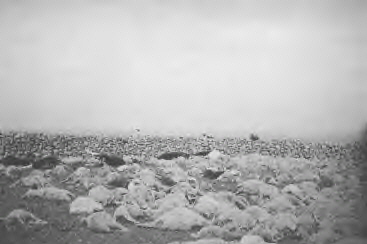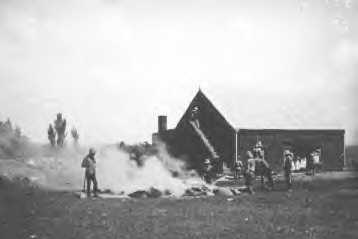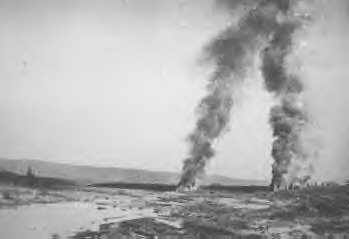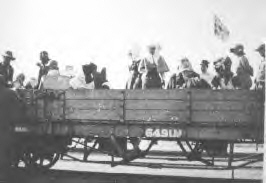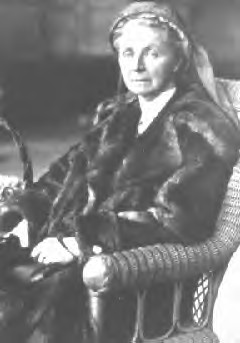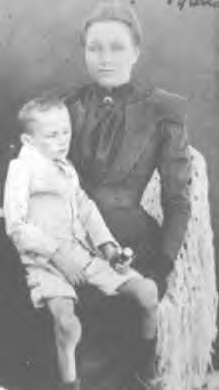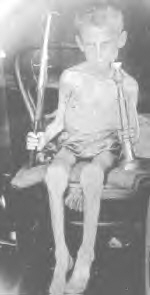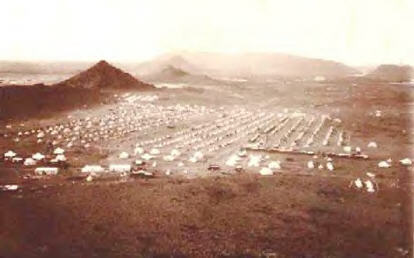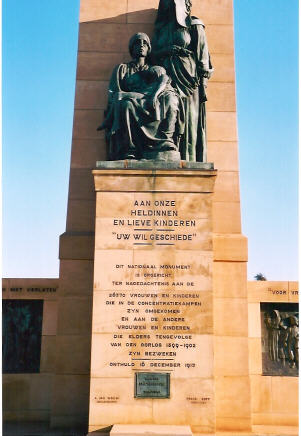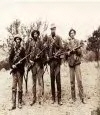

It is said, that the British Commander-in-Chief, Lord Roberts, was influenced by his wife to carry out his “Scorched-Earth-Policy”. This coming after the
tragic death of his son, Lieutenant Freddy Roberts, at the Battle of Colenso. Roberts officially sanctions the concentration camp policy by orders to his generals on 14th and 27th September 1900:
“this will bring endless suffering to the burghers and their families. The longer the guerrilla warfare continues the more vigorously will they be forced by any means in my power to bring
such irregular warfare to an early conclusion.” “clear the whole Free State of supplies and inform the burghers that if they choose to listen to de Wet and carry on a guerilla warfare against us, they and their families will be
starved.”
A clear breach of Article 42 of the Hague Convention of 1899. But it was Viscount Kitchener who, after his appointment as Commander-in-Chief, expanded the
concentration camp system and perfected the murder on women and children.

